shaking tables and particle size distribution
2019-07-10T22:07:16+00:00
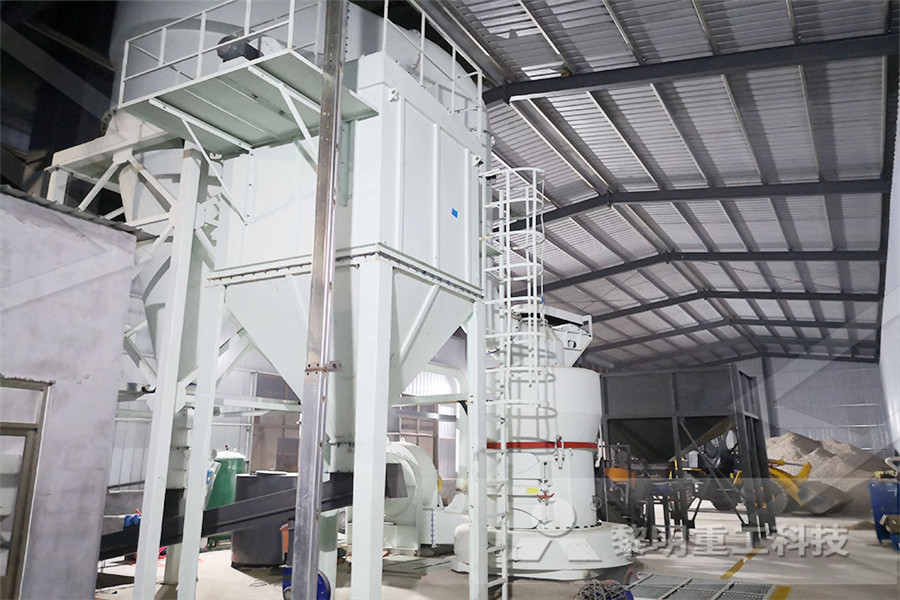
A STUDY ON THE PERFORMANCE OF THE RP4 SHAKING
performance of both tables To study the influence of the operating variables of the shaking tables the feed and concentrate of the two shaking tables were sampled and analyzed Particle Size Distribution (PSD) analysis was done on all the samples using the wet sieving method Introduction to Shaking Table Dressing table is also called gravity shaking table The shaking table can make mineral particles move according to their density and particle size varies along different directions, and from the beginning of the mine shafts fanning out along the diagonal, followed by discharge along the edge of the bed, and the discharge line is very longShaking Table Particle Size Soby Separation performance in shaking tables is directly related to particle size distribution Therefore, the narrower the grain size of the material, the better the separation performance Wilfley and Gemini type shaking tables appear with different models in the recovery of precious metals, in gold mines, and in electronic waste recycling processesWhat is the Shaking Table? RecyclingInside

WC/97/061 The design, construction and testing of a
Particlesize distribution ( gold particlesize distribution) 4 MINERAL PROCESSING TRIALS 41 BGSdesigned shaking table 42 Preparation of samples Shaking tables are widely used in commercial mines but have found little use by smallscale miners due to their relatively high cost The purpose of ths phase of the Separation performance in shaking tables is directly related to particle size distribution Shaking Table Parts Therefore, the narrower the grain size of the material, the better the separation performance Wilfley and Gemini type shaking tables appear with different models in the recovery of precious metals, in gold mines and in electronic What is the shaking table? Proses Makina Gold Shaking tables are widely used in commercial mines but have found little use by smallscale miners due to their relatively high cost (Mitchell, CJ, 1997)They utilize both particle density and to a lesser extent particle size to fractionate neDepartment of Materials Science and Metallurgical
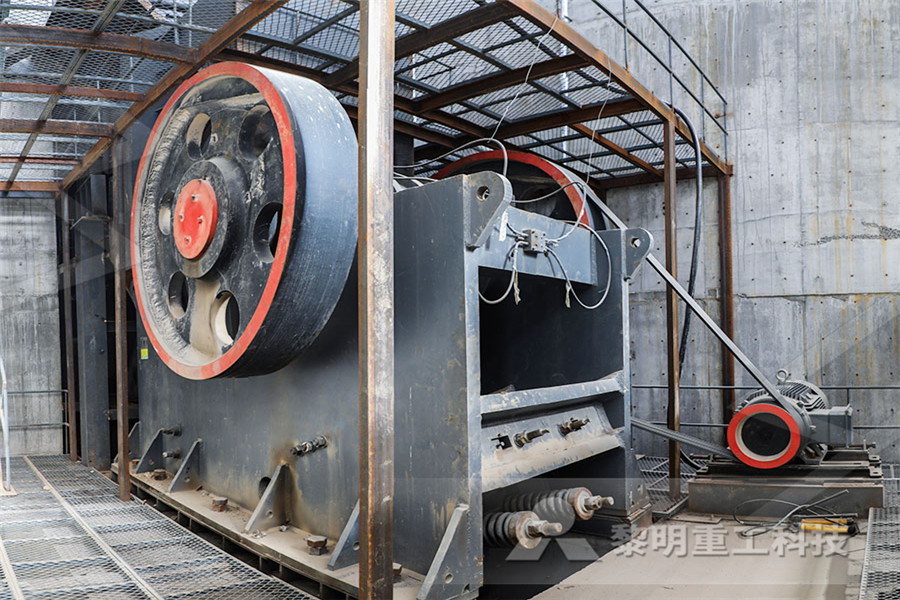
A GUIDEBOOK TO PARTICLE SIZE ANALYSIS Horiba
When reporting a particle size distribution the most common format used even for image analysis systems is equivalent spherical diameter on the x axis and percent on the y axis It isonly for elongated or fibrous particlesthat the x axis is typically displayed as length rather than equivalent spherical diameter18 Sample Processing— Three procedures (moist, air dry, and oven dry) are provided to process the sample to obtain a specimen The procedure selected will depend on the type of sample, the maximum particlesize in the sample, the range of particle sizes, the initial conditions of the material, the plasticity of the material, the efficiency, and the need for other testing on the sampleStandard Test Methods for ParticleSize Distribution If the particle density of the soil is known, use that value in the K table Otherwise, use a value of 265 Mg/m³ Values for K for a range of temperatures and density are listed in Table 1 (on last page) Plot cumulative percentage (P) versus particle size diameter (D) on a Soil Particle Size Analysis Test Office of Environment

CHAPTER 2 SIEVE ANALYSIS AND FINENESS MODULUS
the sieve which will properly identify the size of that particular particle It will take approximately 7 to 10 minutes of shaking to separate the material Always refer to the AASHTO T27 procedure to assure shaking for the proper amount of time 8 Weigh and record the weights retained on each sieve cumulatively, increasing by performance of both tables To study the influence of the operating variables of the shaking tables the feed and concentrate of the two shaking tables were sampled and analyzed Particle Size Distribution (PSD) analysis was done on all the samples using the wet sieving methodA STUDY ON THE PERFORMANCE OF THE RP4 SHAKING for particle size analysis and their distribution has shown in Fig 1 It can be elucidated from the size measurement that the slime is extremely fine in nature Substantial amount of the slime is below 25 micron (3345% by weight) The chemical analysis of the different size fractions were carried out and given in Table 1 whichINFLUENCE OF SHAKING TABLE PROCESS PARAMETERS

25tph heavy mineral shaking table 」
The shaking table is a thin film, shear flow process equipment, that separates particle grains of its feed material based on the differences in their specific gravity, density, size and shapeMineral rich particles, from light to heavy and fine to coarse will be sorted by net effective weightGravity separation relies on differences in material mass to separate minerals Methods include jigs, sluices, spirals, shaking tables, fine particle separators, and hydrosizers and cyclones Gravity separation is separation based on weight only and is directly affected by particle size Particle Size Analysis for Mining and Minerals There are many submethods in this category, such as jigs, sluices, spirals, shaking tables, fine particle separators, and hydrosizers and cyclones, which enable a rough estimate of the size of the particles (and the distribution of particle sizes) to be determined by the heavier particles falling/sinking further than lighter, ie smaller Particle Characterization in Mining

Standard Test Methods for ParticleSize Distribution
18 Sample Processing— Three procedures (moist, air dry, and oven dry) are provided to process the sample to obtain a specimen The procedure selected will depend on the type of sample, the maximum particlesize in the sample, the range of particle sizes, the initial conditions of the material, the plasticity of the material, the efficiency, and the need for other testing on the sampleStandard Test Methods for ParticleSize Distribution (Gradation) of Soils Using Sieve Analysis 1 Oscar Ayala Download PDF Download Full PDF Package This paper A short summary of this paper 31 Full PDFs related to this paper READ PAPER(PDF) Standard Test Methods for ParticleSize designed for a fully automated realtime particle size analysis in a process environment A version for hazardous areas (Zone 1 ambient, Zone 0 Authors: H GeersAbout: Particle size Particlesize distribution SatisfiabilityInquire Now; Brochure: Insitec Liquid Stream Particle Size Successful wet particle size analysis relies on each particle size analysis of a concentrator plant

Research Article Tuning Aerosol Particle Size Distribution
Tuning Aerosol Particle Size Distribution of Metered Dose Inhalers Using Cosolvents and Surfactants ImranYSaleem 1 andHughDCSmyth 2 School of Pharmacy Biomolecular Sciences, Liverp ool John Moores University, Liverpool L AF , UK Division of Pharmaceutics, College of Pharmacy, University of Texas at Austin, Austin, TX, USA the sieve which will properly identify the size of that particular particle It will take approximately 7 to 10 minutes of shaking to separate the material Always refer to the AASHTO T27 procedure to assure shaking for the proper amount of time 8 Weigh and record the weights retained on each sieve cumulatively, increasing byCHAPTER 2 SIEVE ANALYSIS AND FINENESS MODULUS Introduction to Shaking Table Dressing table is also called gravity shaking table The shaking table can make mineral particles move according to their density and particle size varies along different directions, and from the beginning of the mine shafts fanning out along the diagonal, followed by discharge along the edge of the bed, and the discharge line is very longShaking Table Particle Size Soby

INFLUENCE OF SHAKING TABLE PROCESS PARAMETERS
for particle size analysis and their distribution has shown in Fig 1 It can be elucidated from the size measurement that the slime is extremely fine in nature Substantial amount of the slime is below 25 micron (3345% by weight) The chemical analysis of the different size fractions were carried out and given in Table 1 whichShaking Table Concentrator Table Gravity Shaking table Gold Dressing table is also called gravity shaking table The shaking table can make mineral particles move according to their density and particle size varies alongshaking concentrator table for ore dressing Prominer The shaking tables are widely used to separate tungsten, tin, tantalum, niobium, gold and other rare and precious metals In the production of small, medium or large scale mineral processing Plants, it is also adopted for different processing section such as roughing, cleaning and scavenging the different particle size of coarse sands (205mm Shaking Table GRAVITY SEPARATORS PRODUCTS

Shaking Tables in Mineral Processing SMART DOG
Tables are normally used as part of a larger plant where they treat the finer particle size range or as a secondary cleaning circuit, processing a jig concentrate Figure 2 : Typical Table Circuit Tables are usually used in sets of two or more and the circuit consists of a feed distributor, the tables, a wash water circuit, and a heavy and Moreover, for our 6S shaking table, there are 3 different table decks available: coarse sand deck, fine sand deck and slime deck, also be called as roughing table, and cleaning table, it has 46/60/88/120/138 Riffles available 46 riffles deck is suitable for particle size in the range of 052mm, 60 riffles deck for 051mm, 88 riffles deck for Gold Shaking Tables Selection JXSC MachineFurthermore, if the maximum particle size is greater than 475 mm (No 4 sieve) and equal to or less than 95 mm (3 / 8in sieve), then either singleset sieving or composite sieving is applicable Finally, if the maximum particle size is equal to or greater than 190 mm (3 / 4in sieve), composite sieving is applicable For special conditions Standard Test Methods for ParticleSize Distribution
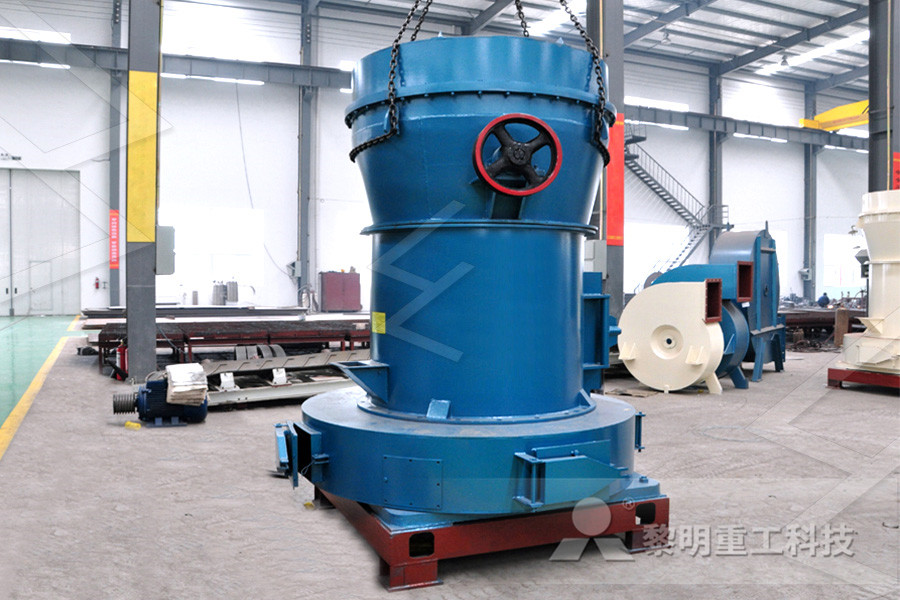
Screening Theory and Practice Triple/S Dynamics
maximum undersize particle passing Unless the particle is acicular, platy, ovaloid or a perfect sphere, it will probably (but not necessarily) be sized by its largest dimension5 DENSITY For any given shape and size distribution, bulk density in lb/cu ft (PCF) for any material will be directly proportional to its specific gravity 18 Sample Processing— Three procedures (moist, air dry, and oven dry) are provided to process the sample to obtain a specimen The procedure selected will depend on the type of sample, the maximum particlesize in the sample, the range of particle sizes, the initial conditions of the material, the plasticity of the material, the efficiency, and the need for other testing on the sampleASTMD6913 Standard Test Methods for Particle An investigation was made of relevant physical properties of two types of biomass: bagasse and cotton stalk powders Three samples of each biomass were analyzed, and the average value of the mass retained in each sieve of the three samples was taken Any study incorporating grain size analysis must include a clear statement of the measurement technique and the method used in the calculation Analysis of Grain Size Statistic and Particle Size
- jaw crusher type pe x merk shi shan
- bridge type block cutter for sale
- spring ne crusher technical parameters
- role of gypsum in toothpaste
- of phosphate industry in enomy
- ncrete grinding business
- Rock Mining Mills In Australia
- gravelgranite crusher plant
- kernal crushing plant assembly
- The Japanese Kamasutra Position 70 Sailboat Tea Grinding Mill
- jaw crusher jogja
- sizzles in stone crushing plant
- grinding mills arse
- Portable Limestone Cone Crusher Price Indonessia
- krimper kracker roller mills since
- What Is Price Crusher Equipment
- hp 200 ne crusher pressure switch
- homemade ore rock crusher easy
- mining equipment installation procedures
- hot sale ball mill used to grind limestone in cement plant
- flotation process testing
- mineral hierro procesadora
- price of hammer crusher pc300x400
- visiting card design for stone crusher plant
- iron ore prossing mill in Zambiadesign
- impact crusher pf layout
- gold aor crusher plants
- ASPHALT EQUIPMENT Manufacturer Reviews and Products
- china mining machine clay gold processing equipment for clay
- hp al mill spares list
-
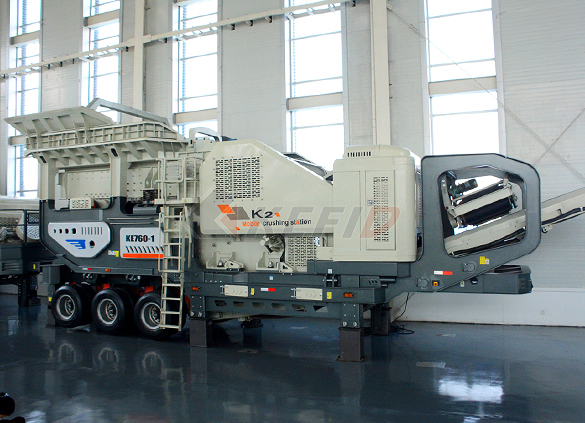
Primary mobile crushing plant
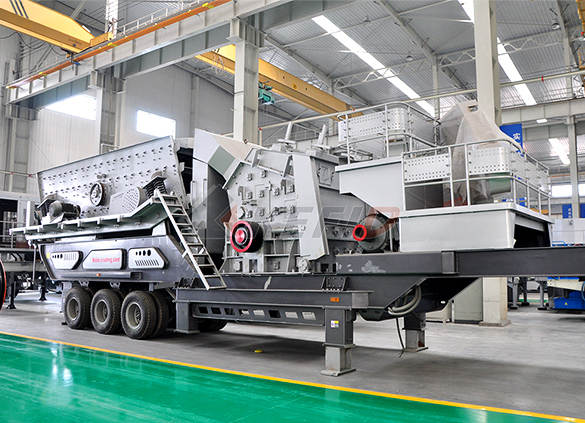
Independent operating combined mobile crushing station
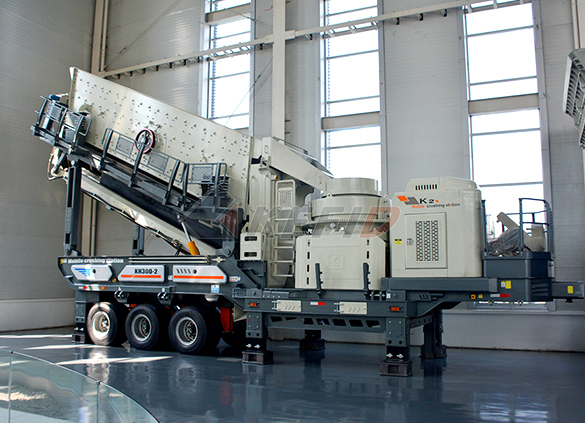
Mobile secondary crushing plant
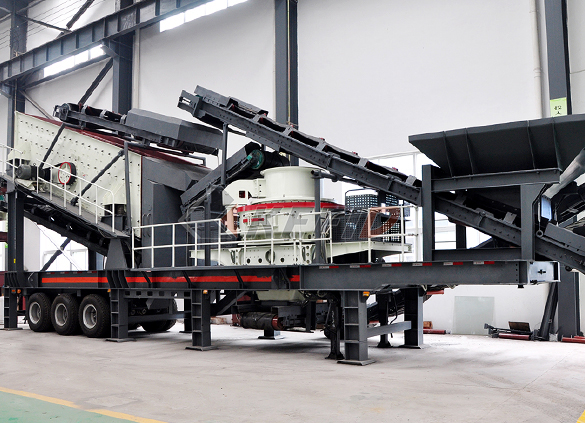
Fine crushing and screening mobile station
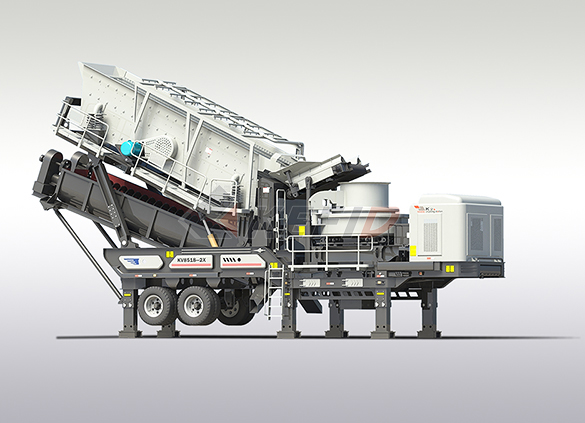
Fine crushing & washing mobile station

Three combinations mobile crushing plant
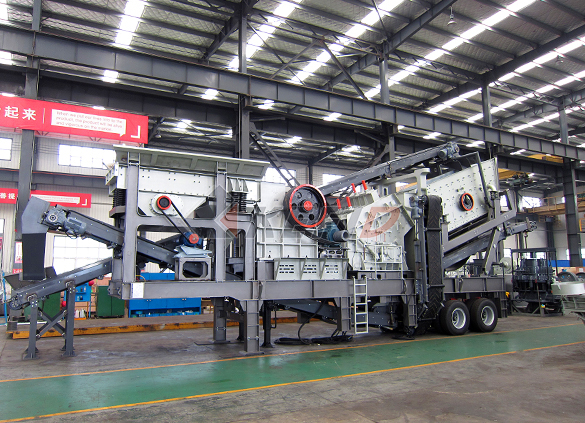
Four combinations mobile crushing plant
-

HGT gyratory crusher
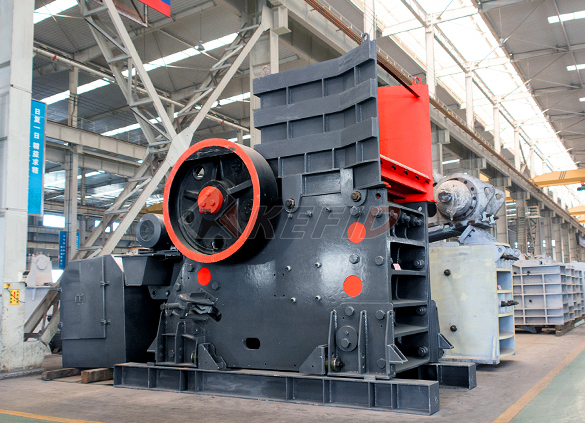
C6X series jaw crusher

JC series jaw crusher
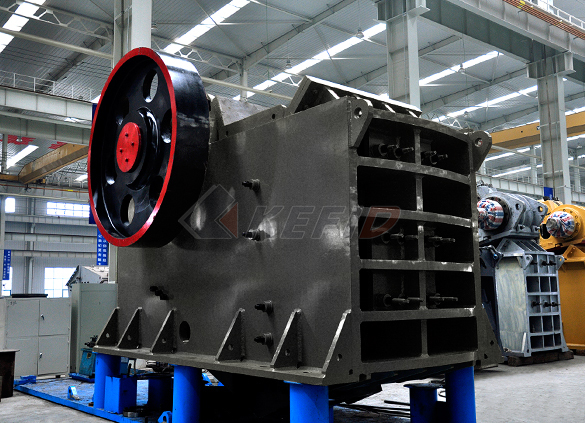
Jaw crusher
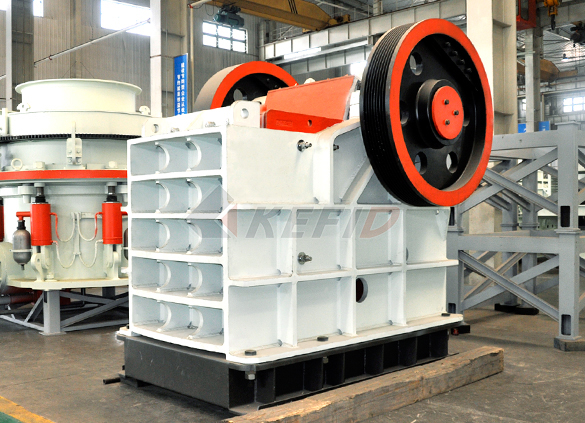
HJ series jaw crusher

CI5X series impact crusher
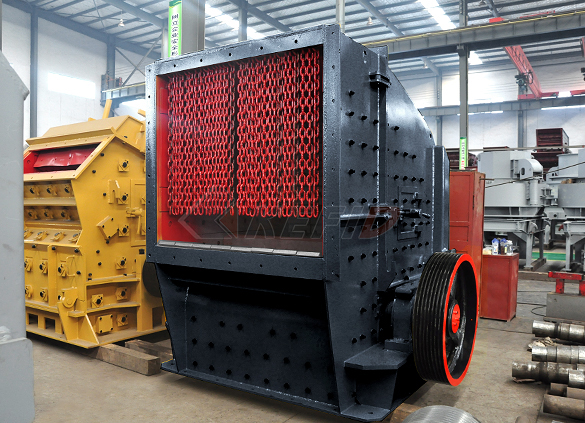
Primary impact crusher

Secondary impact crusher
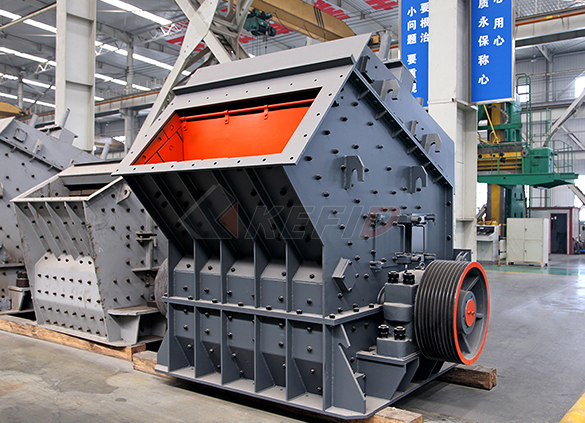
Impact crusher

HPT series hydraulic cone crusher

HST hydraulic cone crusher

CS cone crusher
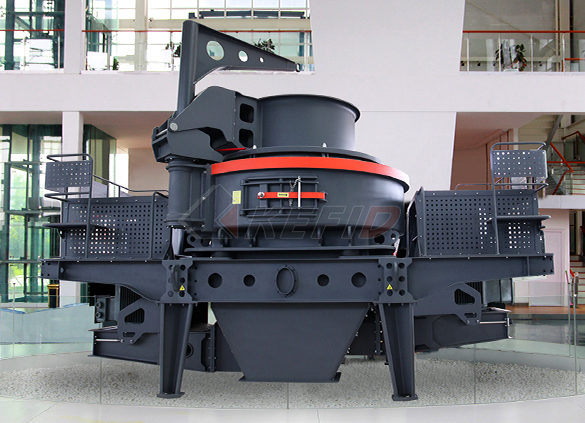
VSI6S vertical shaft impact crusher
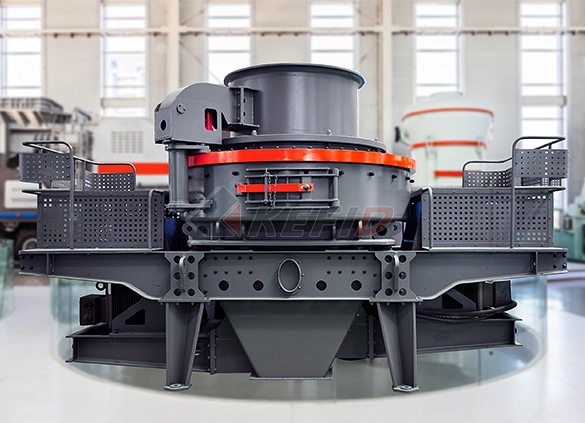
Deep rotor vsi crusher

B series vsi crusher
-

Vertical grinding mill
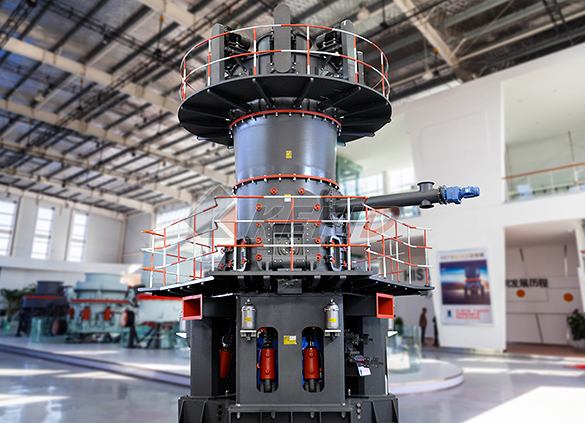
Ultra fine vertical grinding mill
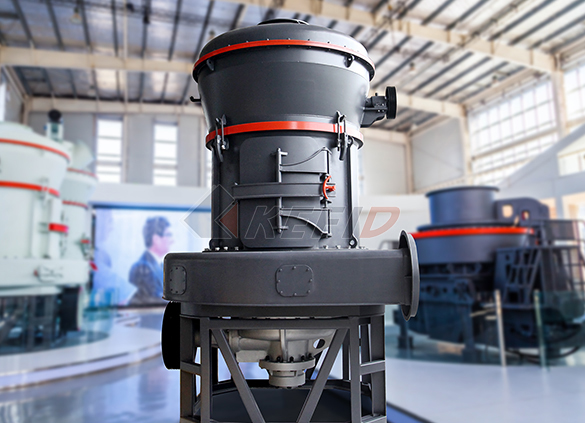
MTW european grinding mill
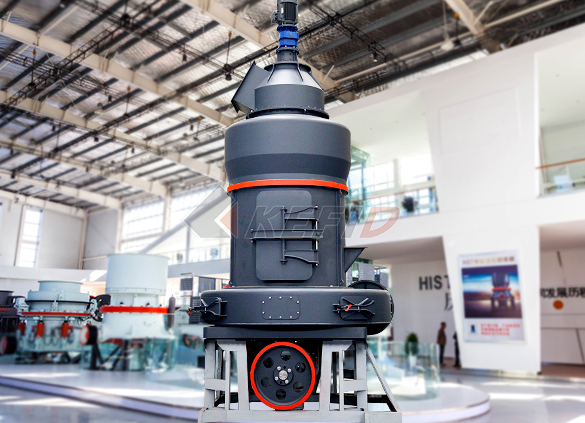
MB5X158 pendulum suspension grinding mill

Trapezium mill
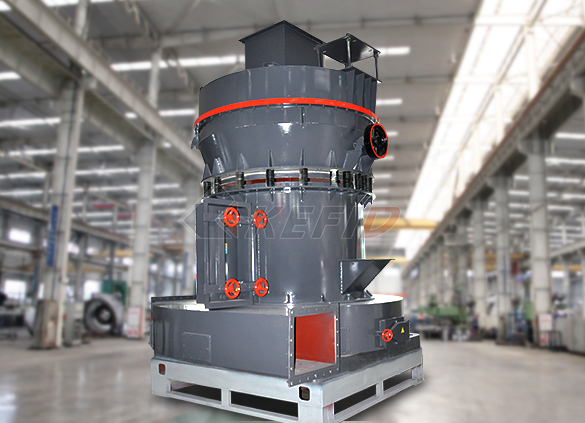
T130X super-fine grinding mill

Micro powder mill

European hammer mill
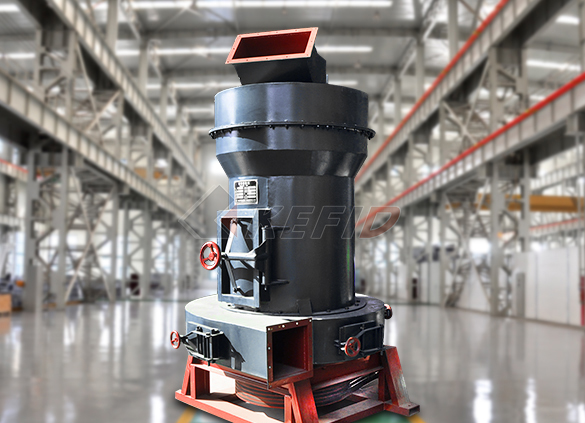
Raymond mill

Ball mill
-

GF series feeder

FH heavy vibrating feeder
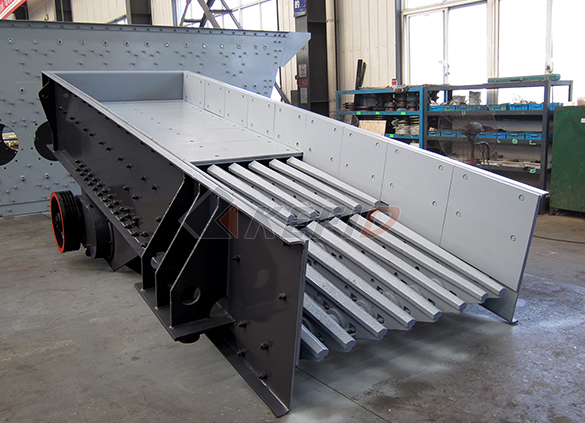
TSW series vibrating feeder

Vibrating feeder

Vibrating screen

S5X vibrating screen

Belt conveyor
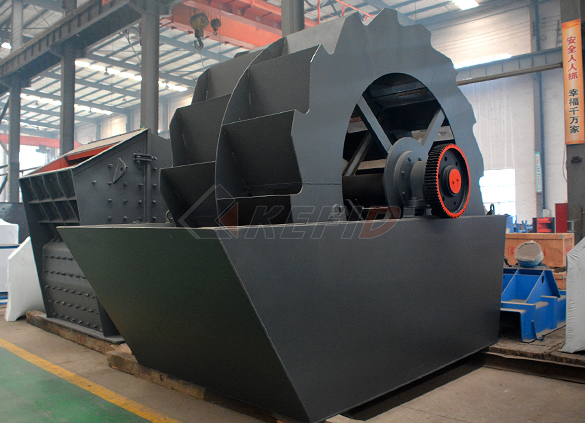
Wheel sand washing machine
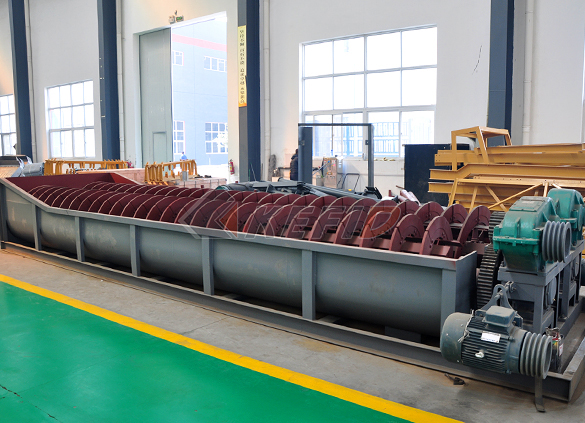
Screw sand washing machine

